The conflict, and conquering of the American Frontier
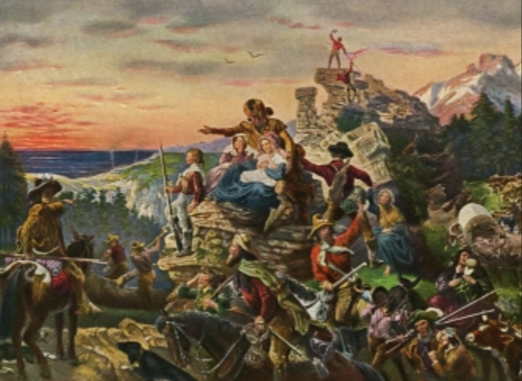
The Great Western Frontier of the United States in the late 1800s presented many challenges for settlers migrating to this open terrain, but it also presented grave challenges for Native American Indians and other ethnic groups as well. The expansion of American territory crossed borderlines of Native American territory which consequently led to fierce battles for supremacy and survival. The Great Western frontier presented not only social obstacles and conflict over territory, but it also ushered in a new era of American progress and a sense of leaving behind issues and problems found in the eastern portion of the country. For many people heading out West, this was an opportunity for a fresh start, an opportunity to immense wealth, or an opportunity to flee the hardships caused by oppression and slavery in the South. Whatever the case may be the track out to the Western frontier symbolized a new beginning of American livelihood, while evaluating past norms and ideologies and fitting them to the new territory.
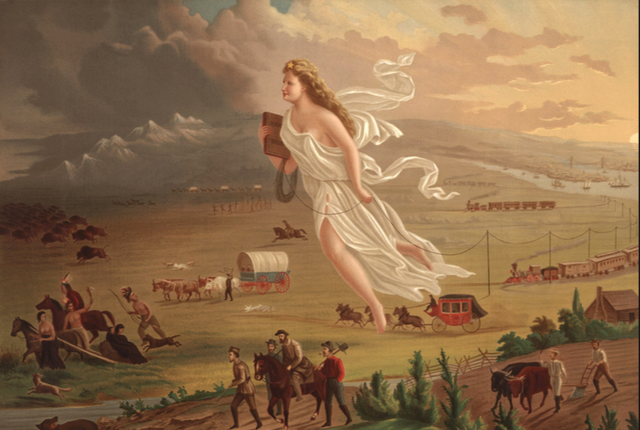
Despite these conflicts and romanticize ideas of a new beginning, the Western frontier was conquered through the ideology of manifest destiny and the principles on which this country was founded upon by white European settlers for the betterment and progress of the nation as they see fit.
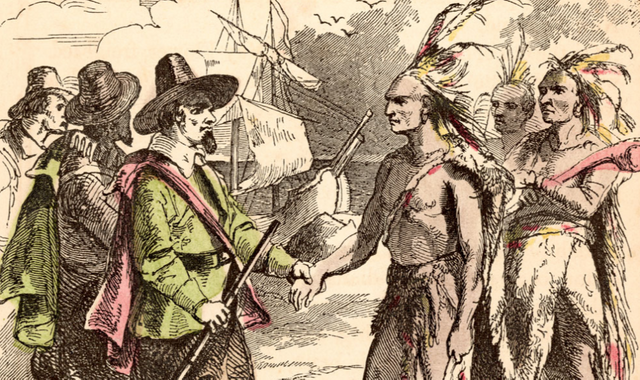
Since the inception of colonization, and the first encounter between white Euro-pean settlers and Native Americans, there has been constant pushback by white settlers against Native Americans. White settlers have taken away Native America territory on the eastern portion of the country and have driven them to the Great Plains and the western portion of the present-day United States.
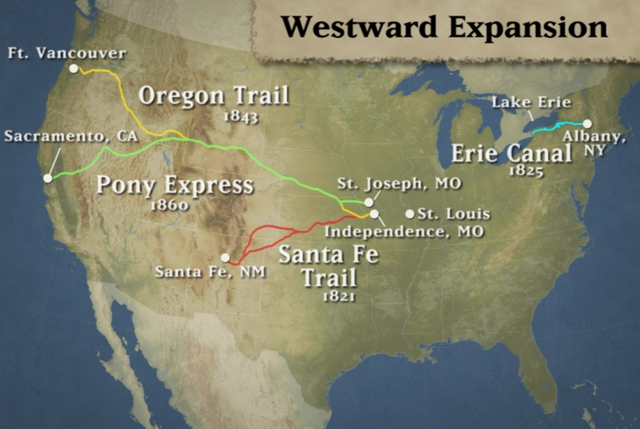
After the Civil War, expansion into the Western frontier has again put Native Americans in a position of having their cultural and territorial boundaries pushed even further west and possibly pushing their civilization into extinction. It has been the mission of the American government to aid white settlers in the continued conflict of “Indians to retain and the whites to get possession” of prime territory over the Western frontier. The United States government identified this conflict as the Indian question, it was dealt with the same type of intensity and the racial disdain as the black question in the southern portion of the country prior to Emancipation. Within this conflict of the Indian question, Native Americans not only lost territory but lost their cultural identity and the land they associated themselves with.
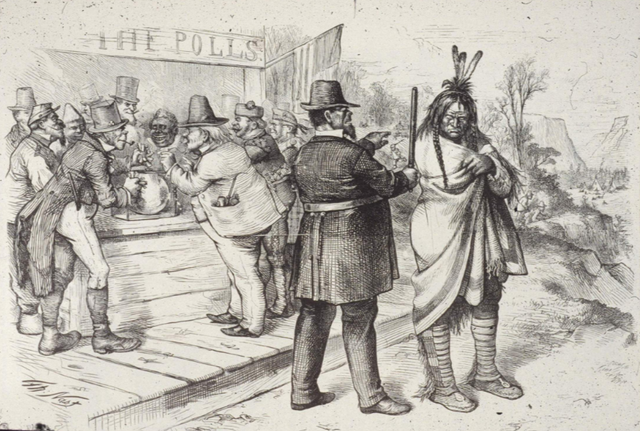
The Indian question brought demoralizing consequences of assimilation, which would be found as a tremendous psychological transformation and extinction of Native American culture and lifestyle. There were times when “occasional and temporary peace” halted these conflicts for a short period, as these treaties were intended to done in goodwill.
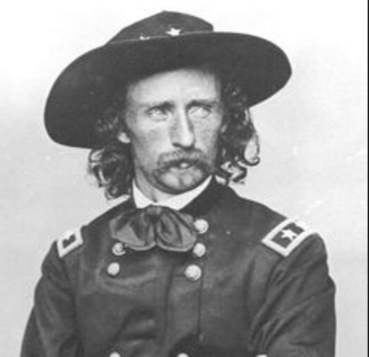
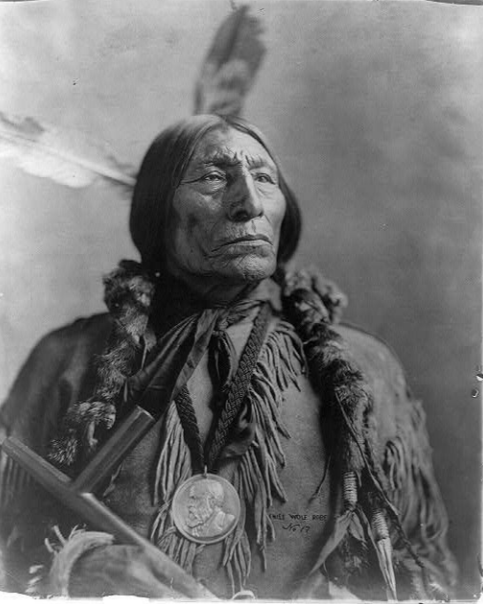
An example of this is in March 1869 when Gen. Custard met with Cheyenne Chieftain to resolve their issues by signing a treaty of peace. In the meeting, Gen. Custard participated in the cultural tradition of peace pipe smoking with Native American chiefs in the impression that he “promised never again” to wage war against their people and infringe on their claim for western territory.
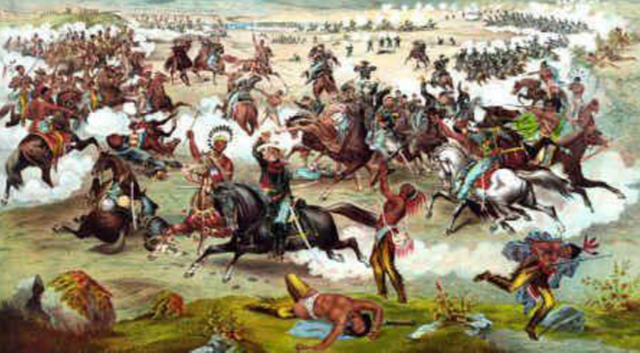
Gen. Custard later broke his promise in the Battle of Little Big Horn in 1876 which led to his death at the hands of Sioux and Cheyenne Indians for his broken promise.
Often, many conflicts between sellers and Native Americans were bloody and violent, with Native Americans taking the brunt of the damage and casualties as a consequence.
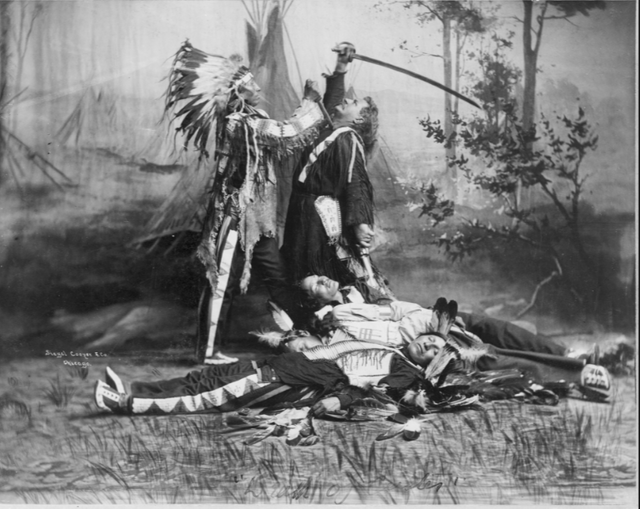
The Punishment for breaking the treaty was a form of physical and psychological torment, which was systematical after Gen. Custard broke the treaty in the battle of Little Big Horn. After the commissioner of Indian affairs made his assessment of the Indian question in the American frontier, he concluded that the American government was only able to do business with “civilized and intelligent men”, and the barbarous ways of Native Americans were far too corrosive for assimilation.
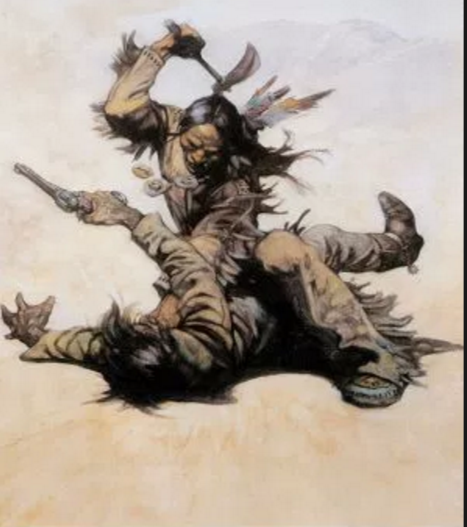
The American government made the conclusion that Native Americans were not fit to adopt American ways of labor and civilized living if they weren’t able to denounce and withdraw from their traditional cultural ways of life. The barbarous lifestyle of Native Americans according to the American government was becoming increasingly difficult to control and exhibit authority over in the long term.
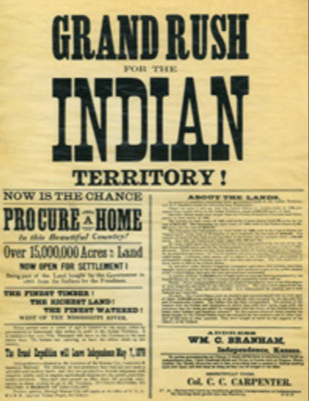
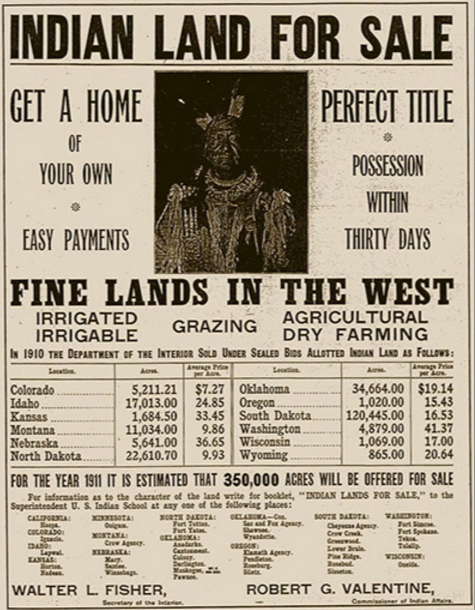
The plan for Native Americans per the American government was to have them relinquish possession of their land and move them to small reservations whether easily controlled and monitored. The land being relinquished by Native Americans would then be sold to settlers with the proceeds being used for the pay for expenses occurred in the dispersal of Native Americans to reservations. Not only was this an initiative to gain control of Native American land and confining Native Americans to reservations, but this was also a cost efficient initiative as well for the US government. With Native Americans being banished to reservations, the question of allowing them into actual land ownership was also at question. The government was fearful that Native Americans would turn land given to them into “uncultivated waste” which would lead the government to downsize reservation size further stifling Native Americans use of land.
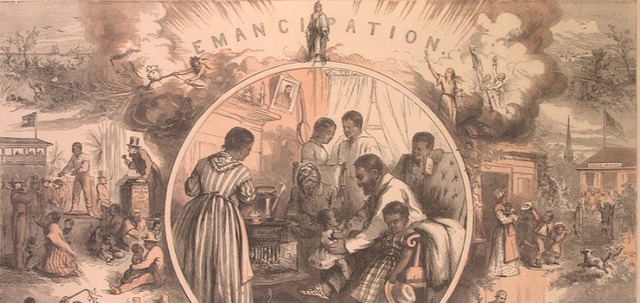
New challenges were presented by “transplanted diversity” to the West for African-Americans, along with immigrants from Europe and Asia. What arose from this was new challenges with conflicts based on ethnic deceit and religious affiliation. For African-Americans, the migration out West meant an opportunity to finally be free, and relinquish themselves from the shackles and burdens of the South. The migration out West for African-Americans led to the "first colored girl to ever graduate" from the University of Ottawa whose parents were former slaves. Immigrants the world over made their way to American searching for an opportunity to build wealth and prosperity that could not be found in their home country. This presented a challenge to white settlers in terms of earning competitive wages and laying the foundation for race relations in the political and legal realm.
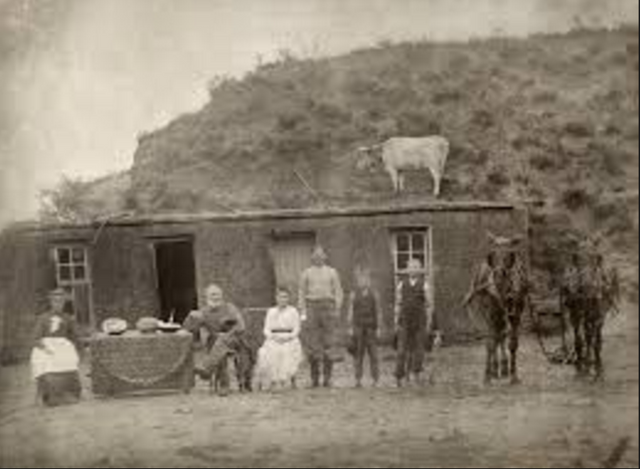
White settlers questioned, for instance, the ranking between various races, considering if the Chinese were on the same level as Native Americans, and should these groups be put in the same classification as African-Americans with little to no legal standing or political power to speak of.
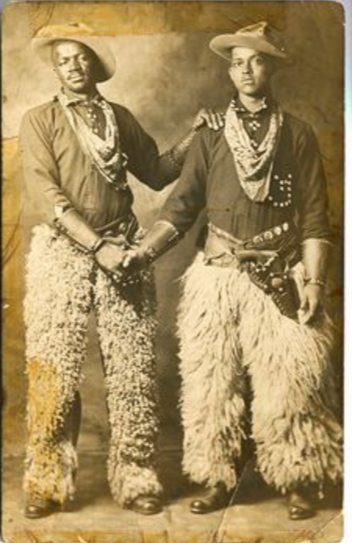
An example of the political prejudice against minorities in the Western frontier came in the issue of Asians being able to testify against white settlers. Within this issue raised the question whether the Chinese were racially equal to Indians and should be addressed in the same legal manner. The decision led to the Chinese being unable to testify in court against white settlers. The reason for this decision was not to recognize any other racial groups on equal footing to white settlers in terms of legal matters, but rather if this was to come to fruition whites would be allowing "equal rights of citizenship" and furthermore giving the right to vote and be on juries in the court of law to minorities of all races.
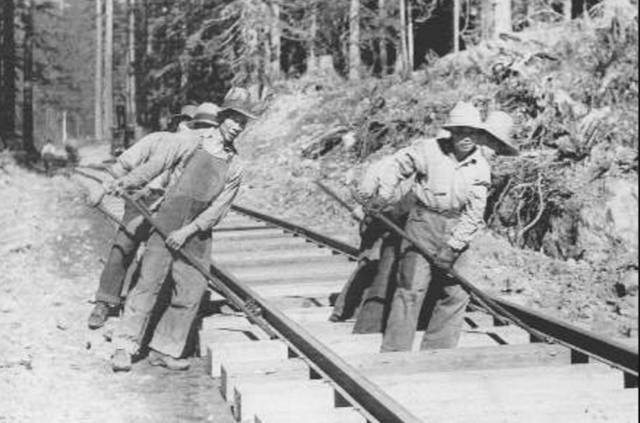
By risking political power and authority over minorities, white settlers were not open to the idea of allowing the Chinese to testify because it would then allow them autonomy as a citizen of the United States as well as other ethnic groups in the country.

The romanticized notions of the American Western frontier are very far from the truth. Racial conflicts of land ownership and civil rights led to major violent battles be-tween white settlers and Native Americans that led to the inevitable dismantling of the cultural traditional Native American lifestyle. This conquering of the Western frontier led to the prosperity and vast wealth gained by white settlers and entrepreneurs. The ideas of manifest destiny not only dismantled Native American civilization but also drew political boundaries against minority groups in the West looking to make a new life for themselves. This newfound optimism was met with hatred and political conflict that has been a staple of American history, in varying degrees, to this day.
Source: Hoffman, Elizabeth Cobbs, Edward J. Blum, and Jon Gjerde. Major Problems in American History. Print

If you enjoyed my work

All proceeds from upvotes on this post are going to more Steem Power.
Very Nice post!!!
Thanks for sharing :)
No problem, Thanks!!